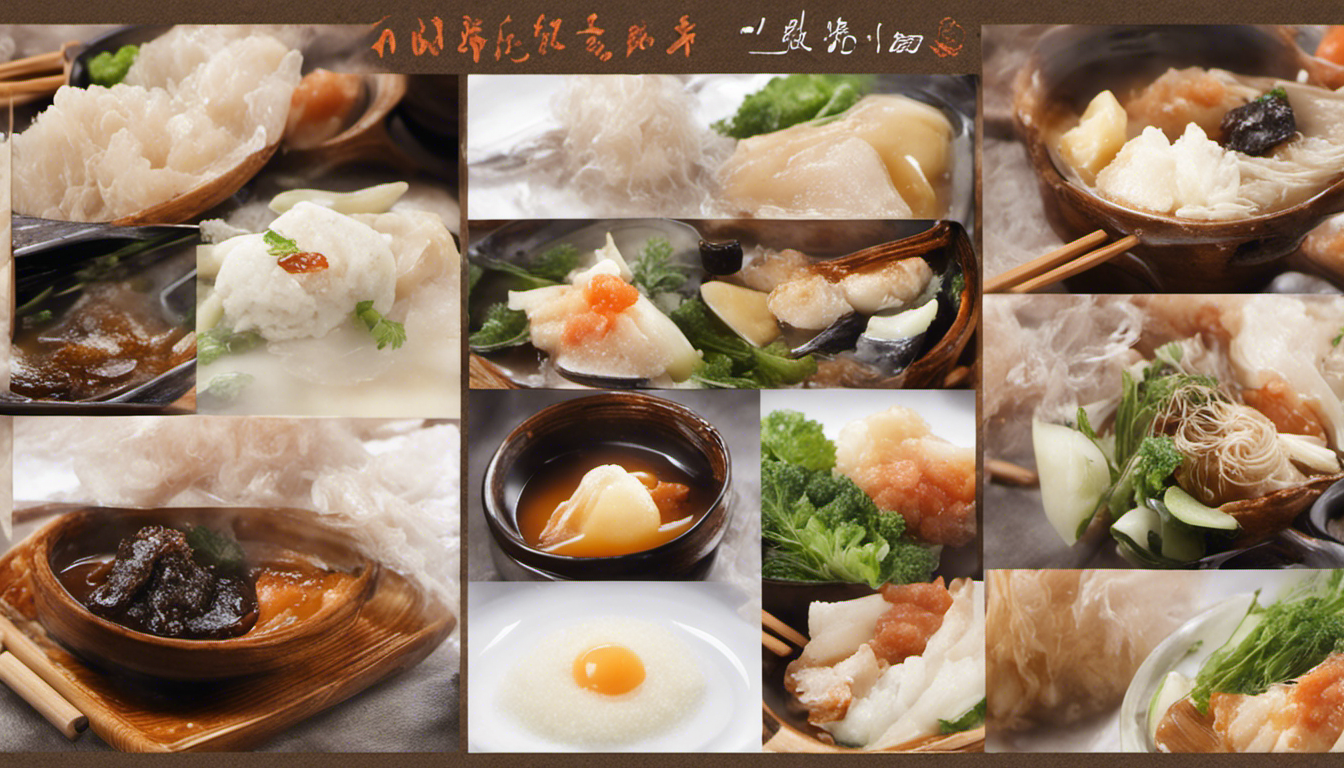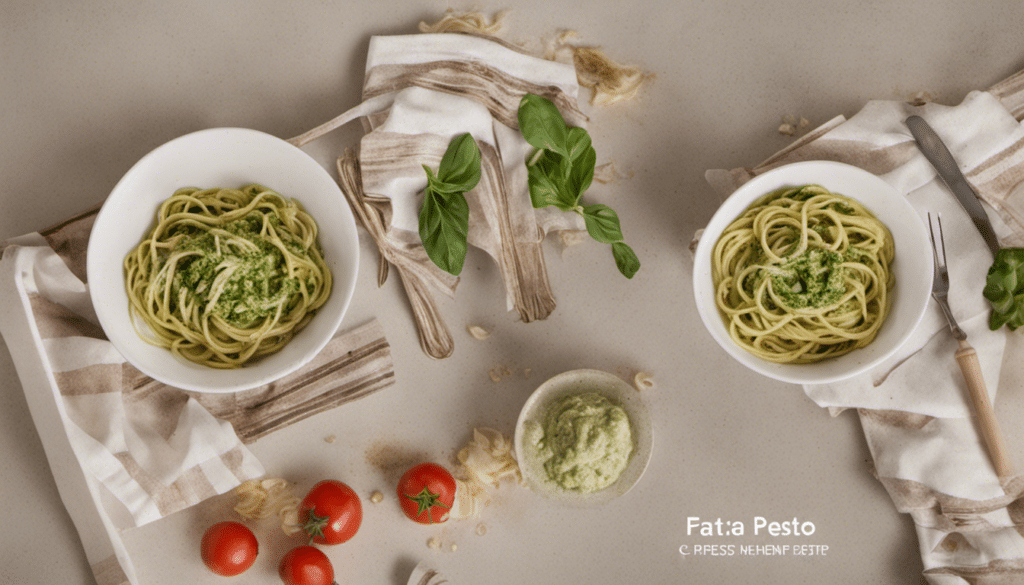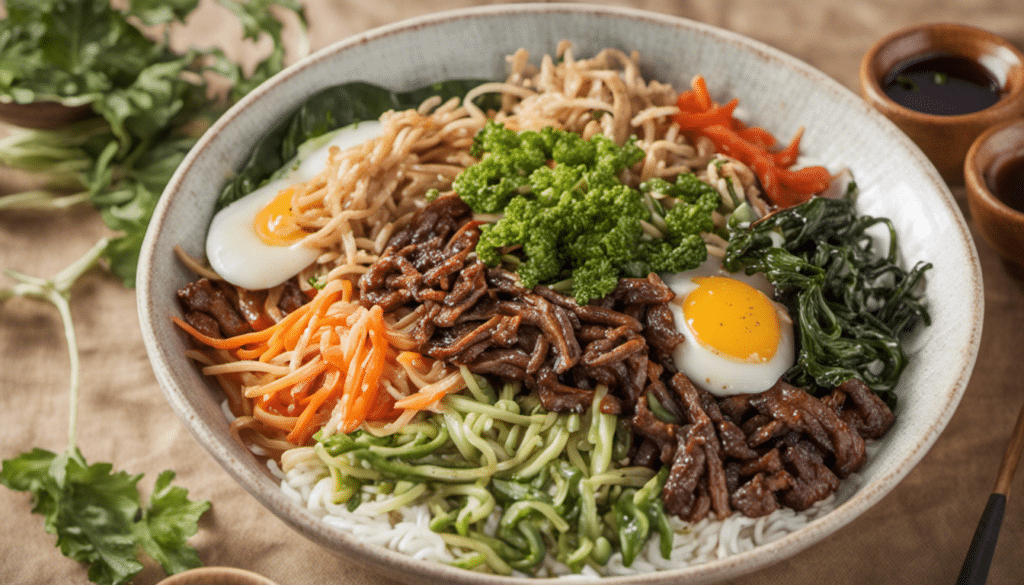| Prep: 15 mins | Cook: 25 mins | Difficulty: Medium | Serves: 6 |
| kcal | fat | saturates | carbs |
| 155 | 7g | 1g | 20g |
| sugars | fibre | protein | salt |
| 8g | 3g | 5g | 0.80g |

There’s nothing quite like the heartwarming joy of being in the kitchen, the smell of ingredients mellowing and melding into a dance of culinary delight. One of my favorite recipes to whip up is Hijiki Nimono, a simmered hijiki dish that’s truly a testament to the magic simplicity in cooking can bring.
The Heart of Hijiki Nimono
Although my roots may be firmly planted in Midwestern soil, I’ve always considered food an exploration of culture and taste. Growing up surrounded by cornfields and cattle ranches, farm-to-table was not a trendy restaurant concept but a way of life. Yet, despite being raised on platters of corn casseroles and hearty beef stews, I’ve always had a soft spot for the delicate, nuanced flavors of East Asian cuisine. Hijiki Nimono is a dish that epitomizes this delicate balance of flavors, and while it veers significantly from my traditional Midwestern upbringing, I love it for its simplicity and subtlety.
Healthful Indulgences
Don’t let the simplicity of Hijiki Nimono fool you! This deceptively humble dish brings forth a myriad of vital nutrients and health benefits. Hijiki seaweed, the dish’s star ingredient, is known for being a rich source of dietary fiber and essential minerals like magnesium, calcium, and iron (source). Combined with the carrots, cabbage, and tofu, this dish is a powerhouse of anti-inflammatory properties, vitamins, and protein (source). Plus, the subtly sweet glaze made from soy sauce, sugar, sake, and mirin ties everything together perfectly, providing an umami-rich flavor profile that’s as satisfying as it is nourishing.
Dining Companions for Hijiki Nimono
Hijiki Nimono is versatile and plays well with a variety of other dishes. The dish is similar in flavor and composition to a number of other Japanese dishes, such as simmered kabocha squash or Japanese-style simmered sweet potatoes. Serving this alongside a bowl of freshly steamed rice, a plate of grilled fish, or a simple clear soup would make for a meal that’s as complete as it is delicious.
In the end, the recipe for Hijiki Nimono, for me, is a love letter to simplicity in cooking and the nourishing comforts of home. It reminds me that no matter where we come from, we all share a love for good food prepared with care and love.
What You’ll Need
- 1/2 cup hijiki seaweed
- 2 tablespoons soy sauce
- 2 tablespoons sugar
- 2 tablespoons sake
- 1 tablespoon mirin
- 1 Medium carrot, julienned
- 1/2 cup shredded cabbage
- 1 cup diced tofu
- 1 and 1/2 cup of water
- 2 teaspoons sesame oil
Method
Step One
Begin by soaking your hijiki seaweed in a bowl of water for about 20 minutes. Afterward, drain off the water and rinse the seaweed thoroughly to remove any sand or impurities.
Step Two
While your hijiki is soaking, prepare your remaining ingredients. Julienne your carrot and dice the tofu into bite-sized pieces. Shred your cabbage and set all your veggies aside.
Step Three
Heat up your sesame oil in a frying pan over medium heat. Once hot, add in the tofu, carrot, and cabbage. Stir-fry until they start to soften, approximately 5 minutes.
Step Four
Add in your drained and rinsed hijiki seaweed. Stir well to mix everything together. Continue to stir-fry for a further 2-3 minutes.
Step Five
Add the water, soy sauce, sugar, sake, and mirin to the frying pan. Bring the mixture to a boil.
Step Six
Once boiling, reduce the heat to low and cover the pan. Let everything simmer for around 20 minutes, or until most of the liquid has been absorbed and the ingredients are well-infused with flavor.
Step Seven
Uncover the pan and continue to simmer for a further 5 minutes, allowing any remaining liquid to reduce.
Step Eight
Check the taste and adjust with more soy sauce or sugar if needed. Once satisfied with the taste, your Hijiki Nimono is ready to serve. Enjoy this delicious, nutritious, and traditional Japanese dish warm or at room temperature.



